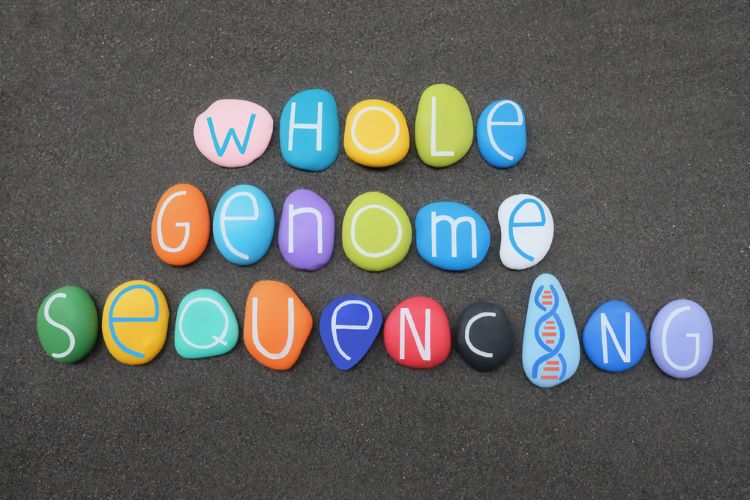Rapid method for whole-genome fungal ID
Posted: 29 April 2024 | Catherine Eckford (European Pharmaceutical Review) | No comments yet
The novel technique for whole-genome analysis of fungal species is “highly suitable” for quality and safety monitoring of medicinal materials, the paper suggests.


Researchers have reported a novel universal fungal identification method called Analysis of whole GEnome (AGE) for “the first-time demonstration of the identification potential of sequences from unannotated genomic regions”.
Developing new approaches for microbiological identification across the entire fungal kingdom remains “a major challenge”, Qi et al. explained.
The AGE technique utilises bioinformatics analysis and technique development for specific target detection.
According to the paper, a key aim of the study was to evaluate how well AGE could differentiate between O. sinensis and C. militaris, “especially in the context of detecting the presence of the latter as an adulterant”.
Based on the study findings, AGE “obtained more than 1,000,000 qualified Targets for each of the 13 fungal species within the phyla Ascomycota and Basidiomycota”.
A rapid method for fungal identification
The sequencing and genome editing system then validated the ultra-specific performance of the specific Targets, the authors explained.
The team worked to develop a one-tube system for on-site Target recognition. By combining rapid isothermal amplification and phosphorothioate-modified primers with the option of an instrument-free visual fluorescence method, the AGE method enabled qualitative species identification to be achieved within half an hour, the paper reported.
The study used Ganoderma lucidum as the model species and “successfully established a species identification method based on whole-genome analysis”, the authors wrote.
CRISPR Cas12a technology was applied for specific Target detection “as an exemplary approach to developing a non-sequencing system”, the paper highlighted.
Conclusion
[AGE] has great potential to drive the development of next-generation genome-based species identification techniques”
Qi et al. determined that the method is “highly suitable” for quality and safety monitoring of medicinal materials.
Consequently, as a “rapid, accurate, universal approach for fungal species identification with ultrahigh sensitivity and specificity”, driven by its simplicity, AGE “has great potential to drive the development of next-generation genome-based species identification techniques”.
This paper was published in Frontiers in Microbiology.
Related topics
Data Analysis, Drug Safety, Microbial Detection, Microbiology, QA/QC, Research & Development (R&D), Therapeutics








